Media | Articles
1980 Toyota Crown Coupe: When JDM cruiser met American swagger
Sydarith Bo is used to questions about his 1980 Toyota Crown. At shows, he sees the questions forming in people’s brains as they try to comprehend what’s in front of them. Though the model was sold in the U.S. from 1958 to 1972, most Americans had never heard of the Toyota Crown until its 2023 return as a hybrid crossover. They’d almost definitely never seen one, least of all a Crown coupe. There is a tiny “Toyota” script above the rear license plate, but only hard-core JDM nerds usually know the make without asking.
“It looks like a Fairmont Futura and a Dodge Diplomat had a baby,” said one observer during our photo shoot. Indeed, the car is so full of Malaise Era American styling cues that it could easily have just rolled off the set of CHiPs. For Bo this is a feature, not a bug. “I like unusual cars, ones you don’t see very often and that nobody else has, but I also like G-bodies like Cutlasses and Regals, and my lady likes 1980s Monte Carlos.”
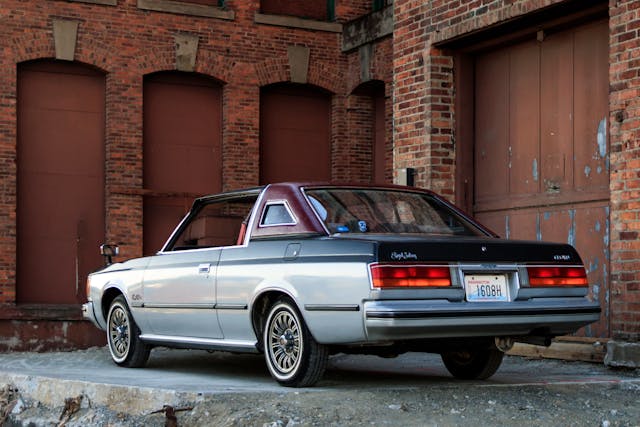
A classic full-frame boulevard cruiser, the Crown is almost totally unlike the popular JDM imports that have streamed into the U.S. over the last decade. “Bubble-era” icons like the R32 Nissan Skyline GT-R started turning 25 years old (and thus legal to import) in 2014, soon followed by 660-cc kei cars—everything from Autozam AZ-1s to Subaru Sambars. Many of Initial D and Gran Turismo fans’ favorite 1990s JDM cars have since become U.S.-legal. Their popularity partly reflects the influence of Japanese culture in 21st-century America, where Walmart sells sushi and Gen-Zers grew up on Yu-Gi-Oh! and One Piece.
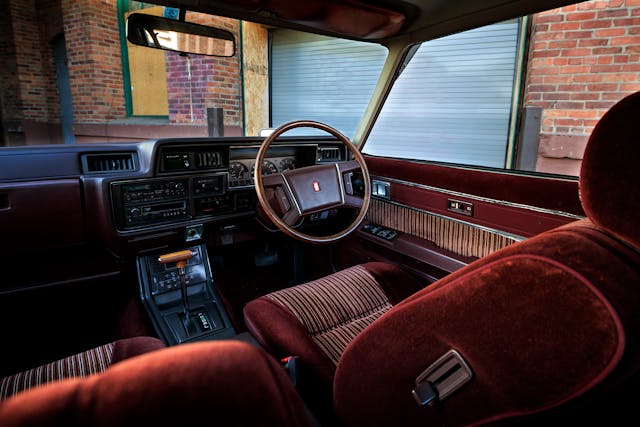
Bo’s car comes from an earlier milieu when American culture—everything from bands to blue jeans to cars—loomed large in Japan. But this particular vintage of Crown is also among the last of its kind; although the model would continue as a stodgy Brougham-esque sedan for decades, the coupe was axed in 1983, eclipsed by the Toyota Soarer—a sophisticated luxe performance coupe that eventually morphed into the Lexus SC. In a sense, his Crown is right at the intersection between old and new school.
The American Influence
Most don’t know it, but the 1958 Toyopet Crown was the first mass-market Japanese car sold in the United States. Its American influence was baked in from the beginning, when development began in early 1952 at the tail end of the Allied occupation. A significant portion of Japan’s postwar economic recovery stemmed from U.S. aid, combined with industrial demand from the Korean War, which included many orders for Toyota trucks. (And, from 1946–50, Toyota’s Koromo plant repaired U.S. Army Plymouths.) The occupation brought a lasting cultural influence, which included lots of American cars.
Marketplace
Buy and sell classics with confidence
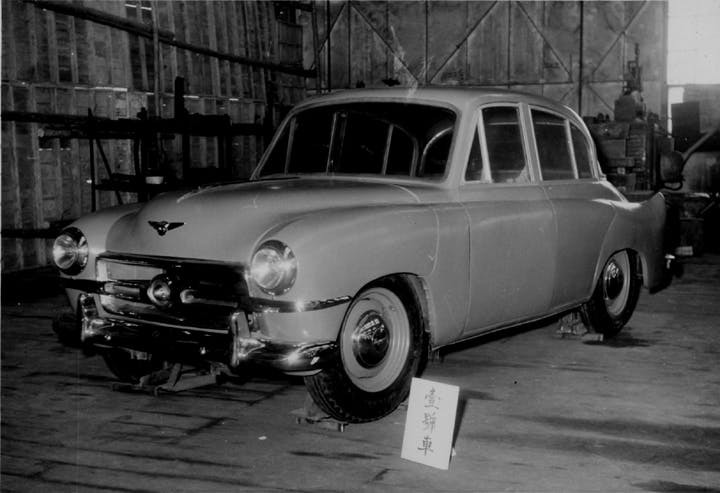
Though Toyota had built cars since 1936, they weren’t truly mass-produced, usually using truck frames and often with bodies made by outside contractors such as Kanto Auto Works. The Crown, conceived by company president Kiichiro Toyoda, was instead conceived and created entirely in-house. Foreign partnerships were common at the time (Nissan with Austin, for instance, or Hino with Renault), but the only thing about the Crown that wasn’t wholly Japanese was its styling influence.
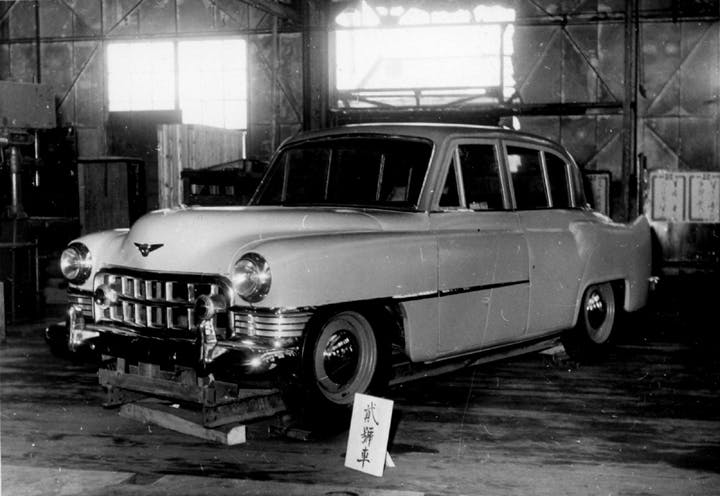
This was the Fifties, when American cars meant prestige, so the Crown prototypes all drew from that well. One even resembled a miniaturized 1951 Cadillac. When the final production model bowed, it was less imitative than that but still very “Detroit.” Toyota was hardly alone in this approach, when fins sprouted on everything from Alfas to Zundapps during the 1950s. The Crown’s well-timed 1955 debut in Japan coincided with major post-Korean-War investment in industry and infrastructure, and Japan’s economy grew, on average, by almost 10 percent annually until 1970, powering the rise of domestic automakers.
In the 1960s the Crown evolved, slowly but surely becoming cleaner and less Detroit-like in its appearance. In time it gained six-cylinder power and a widened V-8 “Crown Eight,” model, which became the Toyota Century in 1967. The last addition was a hardtop coupe in 1968.
That original Crown made Toyota the domestic market leader and soon inspired rivals like the Nissan Cedric and Prince (later Nissan) Gloria, though those cars took different visual paths. The Cedric donned a Pininfarina suit in 1965, while the Gloria went through Euro and American phases. All three cars were redesigned in 1971.
The Whale and The Hardtop
In an attempt to court more private owners rather than fleet or corporate buyers, Toyota radically reshaped the Crown into the low-slung S60-series, seemingly inspired by the late 1960s Ford Thunderbird and AMC Rebel. Nicknamed “Kujiara” (Whale) for its distinctive round shape and body-color bumpers, Japanese buyers were horrified by it at the time. The design was way too sporty for its conservative clientele and seemed to abandon the dignified looks of the 1960s. Collectors now, however, adore it.
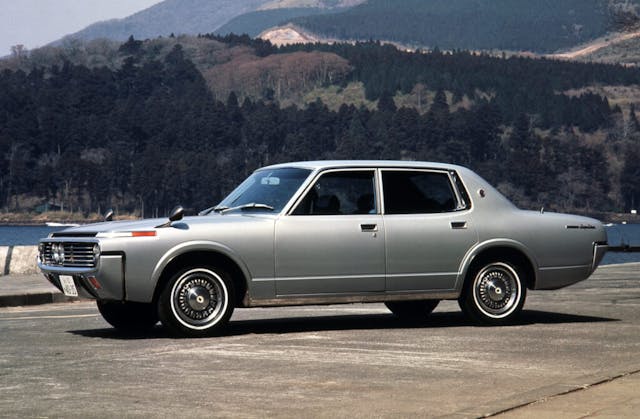
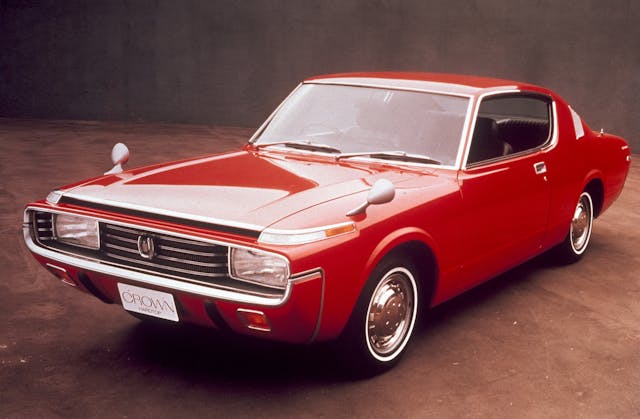
The radical change allowed for Nissan’s equally new “230-Series” Cedric and Gloria, penned by 240Z designer Yoshihiko Matsuo; both employed American themes and “Coke-bottle” sides. Nissan solved the problem of differentiating expensive sedans from common taxi versions by adding a four-door hardtop for 1972, helping kick off a JDM hardtop sedan bonanza.
The S60-generation Crown was a rare misstep, and 44 months after its launch, Toyota replaced it with the S100-Series. The lesson both companies took away from this battle of the broughams? Make these cars as conservative as possible.
According to the late Japanese journalist Eizo Ikeda, writing about the S100’s design for Car Styling Quarterly in 1975, the Crown’s designers were looking more at American regulations than themes. The S100’s answer to Nissan’s airy four doors was instead a “Pillared Hardtop,” inspired, Ikeda wrote, by U.S. Federal Motor Vehicle Safety Standards (FMVSS) regs. The Crown was nevertheless dropped in America in 1972.

Ultimately, the Crown did not return stateside, but Toyota ended up coming to some of the same conclusions as Detroit’s designers when faced with FMVSS standards. The “Pillared Hardtop” roofline looked Cadillac Fleetwood-esque but, otherwise, there wasn’t much discernably “foreign” in the styling. Despite the effects of OPEC and the Nixon shock, the S100 Crown was very successful. Sales rose by 58 percent in 1975 and the Crown again became Japan’s “formal sedan” to beat.
Detroit’s designers and Japan’s were now playing the same game with similar rules. The upright “formal look,” which relied on frilly chrome details and the visual signifiers of luxury like Opera windows and Landau tops, was king in 1970s America. It was also exactly what Crown customers wanted. “Formality” was a more serious cultural touchpoint in Japan; Toyota designers even had women in wedding kimonos and bridal wigs test the sedan’s ergonomics.
Twilight of the Full-Frame JDM Coupe
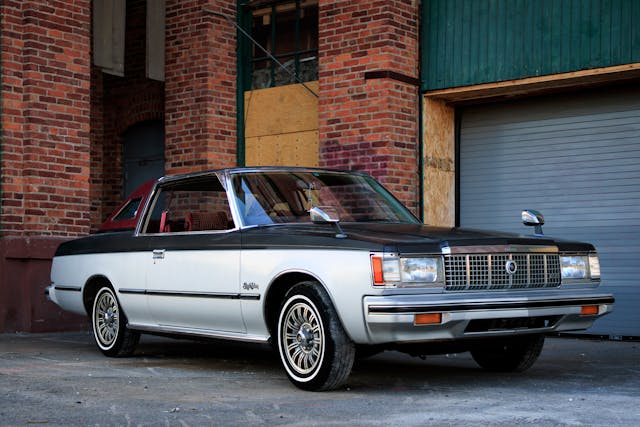
When it came time to design the S110-Series, the memory of the round S60 was still fresh so Toyota kept down the path of squared-off lines. Mechanically it was largely unchanged: rear-wheel drive, fours and sixes from 2.0 to 2.8 liters, a perimeter frame, and a live rear axle.
As before, the coupe lineup was more limited than the other Crown variants. The two-door came only with gas-powered sixes, either in tax-savings 2.0-liter (125 hp), 2.0 turbo (145 hp) or full-fat 2.8-liter “Royal Saloon” (145 hp and, after 1981 with twin cams, 170) trims. The lower rungs could have five-speed manuals, the 2.8s used three-speed automatics.
In America there was a long tradition of big two-doors, and such cars sold well in the coupe-crazy Seventies. Not so much in Japan, so in hindsight, it seems surprising that the coupe carried on at all.
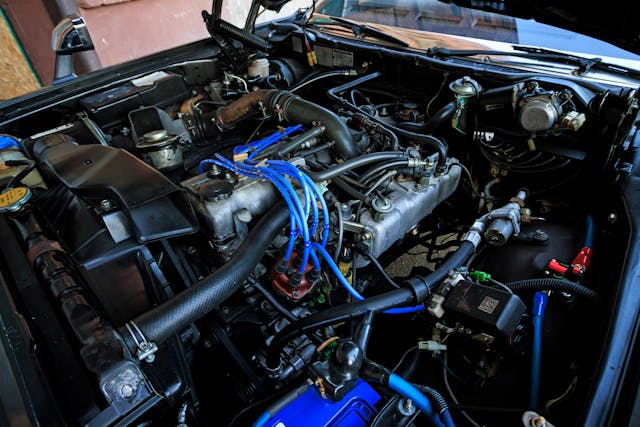
Early Crown coupes were quite pretty, but selling a flashy two-door version of a car mostly associated with taxis and officialdom in a country with punitive tax laws was always a challenge—one made harder by conservative styling. Crown coupes were not exported after the S60 generation of the early 1970s, and Nissan dropped the Cedric/Gloria coupes months before the S110 Crown debuted in September 1979. The S110 was a hit, with annual sales passing 150,000 cars for the first time in 1980, but the coupes were only a sliver of the pie.
Designers are always responding to the world around them, and 1970s Japan was still mad for American culture while eager to put its own spin on things. After American R&B artists soared on the Japanese charts, Soul Train came to Japanese TV in 1975. In 1980, Yellow Magic Orchestra became the first Japanese band on the show. Sales of American-style jeans soared from 7 million pairs in 1969 to 45 million in 1973, a year after Japan’s first home-grown denim brand, Big John, debuted.
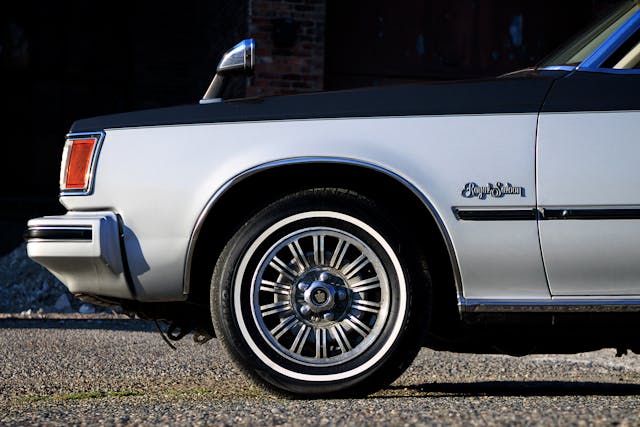
Showgoers and online commenters often compare Bo’s Crown to the 1980 Thunderbird/Mercury Cougar and other early Eighties two-doors from Ford and GM. The wheels do suggest AMC Concord hubcaps, but are they borrowed? Given production lead times, there’s no way Toyota’s designers could have seen all these cars’ details, so it’s just as likely that the designers were aiming for the same targets at the same time in a world made smaller by 747s. Convergent evolution.
The New Wave
While big coupes didn’t sell in Japan, sportier two-doors and personal-luxury cars did. Both Toyota and Nissan had entirely new takes on this genre in the pipeline. Nissan struck first with the Leopard, which came as a sedan or a coupe, but at the 1980 Osaka motor show, Toyota dropped the “EX-8” concept. This sleek coupe, angular but aerodynamic and owing nothing to any foreign design, was Toyota’s real Thunderbird. Three months later, it went into production as the 1981 Toyota Soarer, replacing the two-door Crown.

Compared to the later Soarers the original seems visually restrained, but at the time it was a huge leap in cool factor. Sharing its engines and a variety of parts with the Supra, it was as quick as it looked, and it bristled with technology, including touchscreen-activated climate controls, digital gauges, an electronically-controlled suspension, and lots of other high-tech toys. It beat out the Honda City to win the 1981 Japan Car of the Year award.
A hit from the start, the Soarer was not exported but regardless sold more than 30,000 units a year. Although Toyota doesn’t have exact figures on the breakdown among Crown body styles, that volume was probably ten times the total for the prior Crown coupe, whose S110 generation ended in after 1982. By 1991 the Soarer arrived in the U.S. as the Lexus SC, largely putting the remaining American personal/luxury coupes to shame.
Old-School Vibes
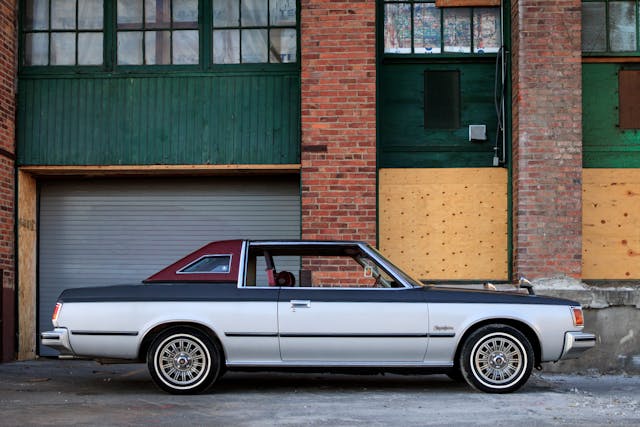
The Coupe is Bo’s second Crown, but he’s always liked Toyotas. “Growing up, we had Cressidas and Previas, very typical Southeast Asian family cars, but I also have an appreciation for Chevy vans.” The child of Cambodian immigrants, Bo has always lived in Tacoma, Washington but also grew up on nearby farms. “In the summer, we’d wake up at 4 a.m., hop in the Chevy van and go pick strawberries.”
As soon as he had money for cars he spent it on weird ones. “I had a ‘63 Studebaker Lark Wagonaire, the one with the slide-back roof, but I always liked Crowns.” He loves S60-generation Crowns, “But they’re expensive, so a friend and I found an S110 sedan for auction in Japan.”
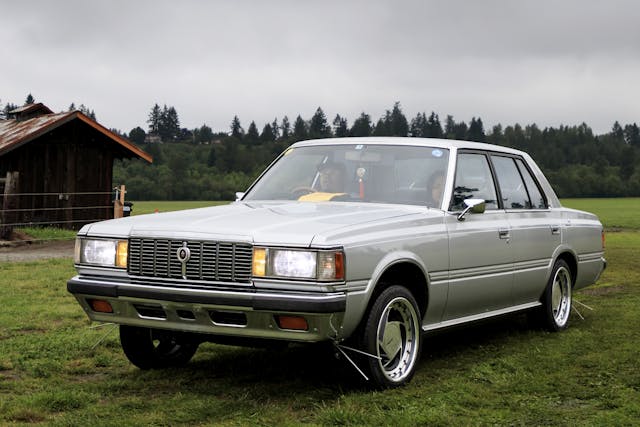
He heavily customized that first sedan and had no intention of selling it, but after it made the rounds on social media, a man in Florida, Danesh Sookal, made him an offer he couldn’t pass up. “He’s Trinidadian. He and his father had Crowns there in the Eighties, but they had to leave them when they moved.” Repaying the favor, Sookal remembered seeing the coupe at a Virginia importer months earlier.
The car was still there, Bo said, “sitting outside with four flat tires and a destroyed white vinyl top. They didn’t want to sell it because it was so rare.” The importer was eventually persuaded, and Sookal and his son Ryan trailered the car to Florida, drained the fuel tank, got it running, and then helped Bo ship it back to Tacoma.
The car needed interior pieces because things were just worn or torn, including the back shelf and the door top fabric, which wears out quickly on S110s, he added. “The vinyl top was replaced with new material and in a new color, but it’s also a color that was offered on these originally.”
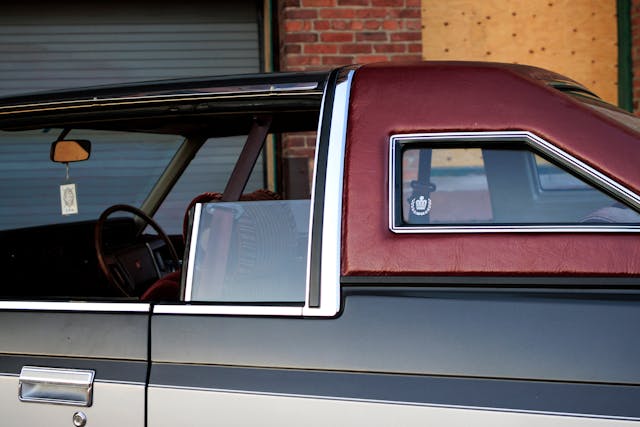
And how does it drive? “Like an old American car, like a G-body but with less power. It’s only a 2.8 and an automatic, so I wouldn’t say it’s fast. It’s the same engine as in Cressidas and Mk. II Supras, but the Crown is heavier. The suspension’s really soft, so it’s a boulevard car, and we cruise Point Rustin every weekend. Newer tires did make it handle a little better though.”
As with his previous Crown, he plans to add custom wheels. “I’m a wheel guy, so I’ll keep the stock wheels but I also have three-piece welded Enkei EK62 and a set of 15-inch Vogues for a sort of Cadillac look.” The rest of it will probably stay the same. “I’d like to repaint it, but the trim is so rare I’m a little afraid to. Those rain gutters are accessories. If they broke I’d never find new ones.”
One other tiny addition? The Buddha hanging from the rearview mirror. “My grandmother gave me that Buddha and it’s supposed to protect you while driving. I don’t think of it in a very religious way, but I do like having a piece of Cambodian culture with me. We have to hold on to things like that.”
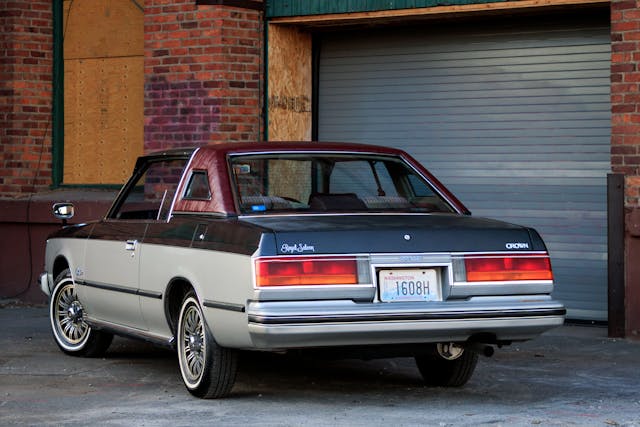
***
Check out the Hagerty Media homepage so you don’t miss a single story, or better yet, bookmark it. To get our best stories delivered right to your inbox, subscribe to our newsletters.
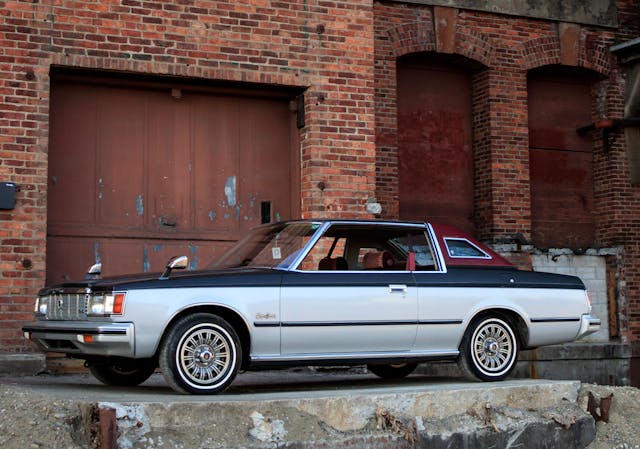








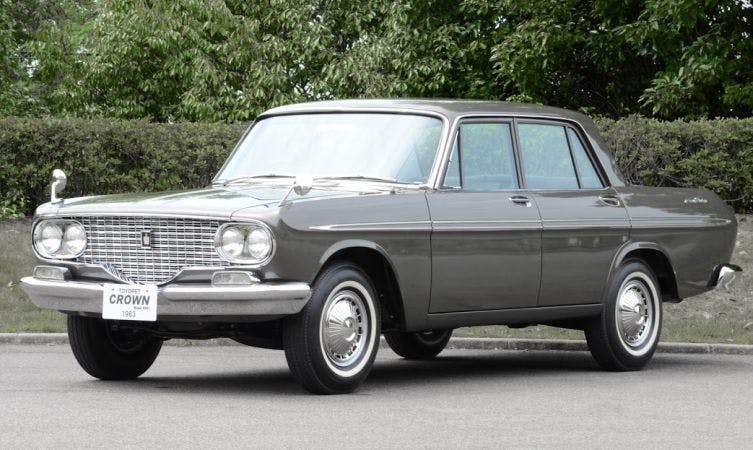

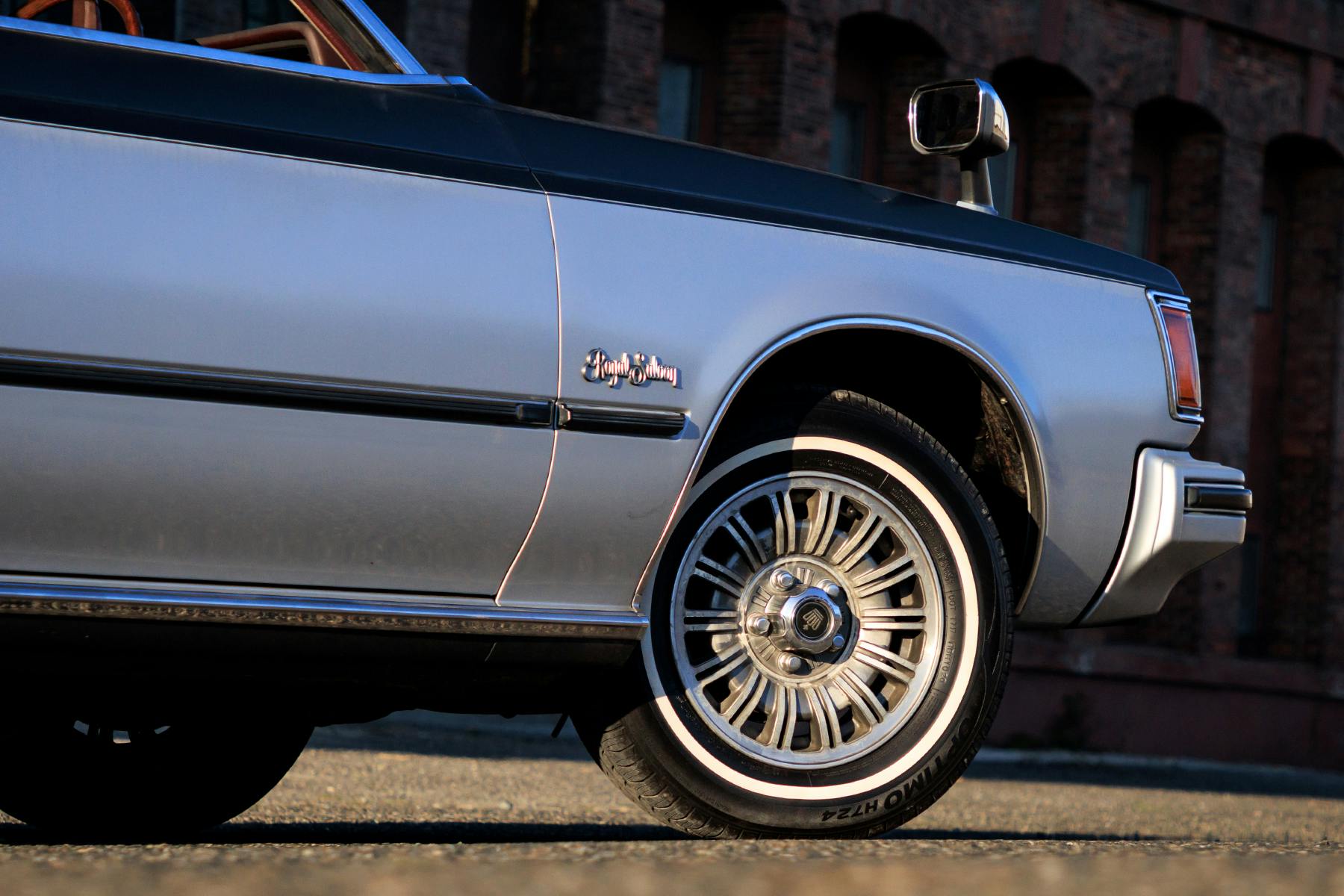

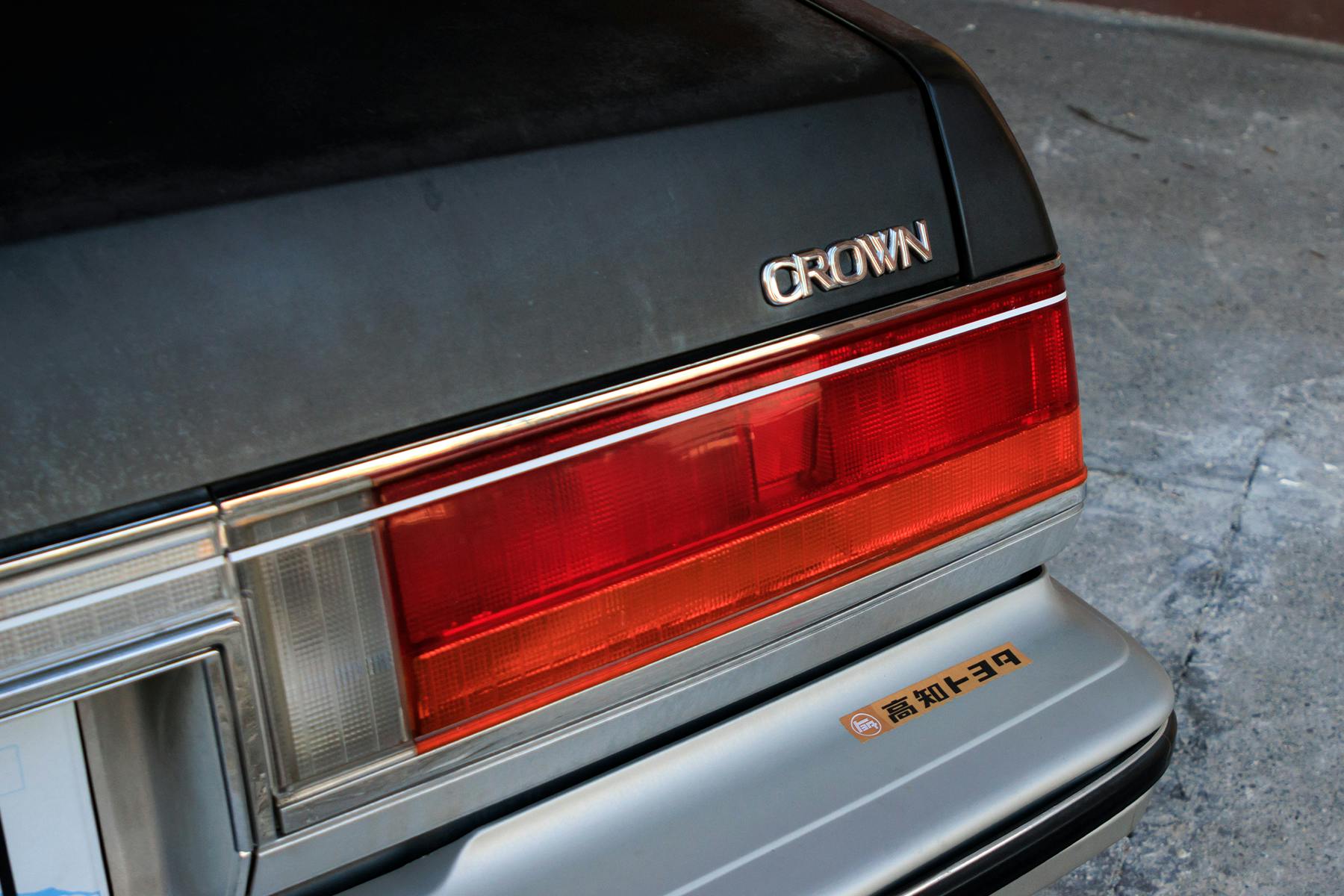
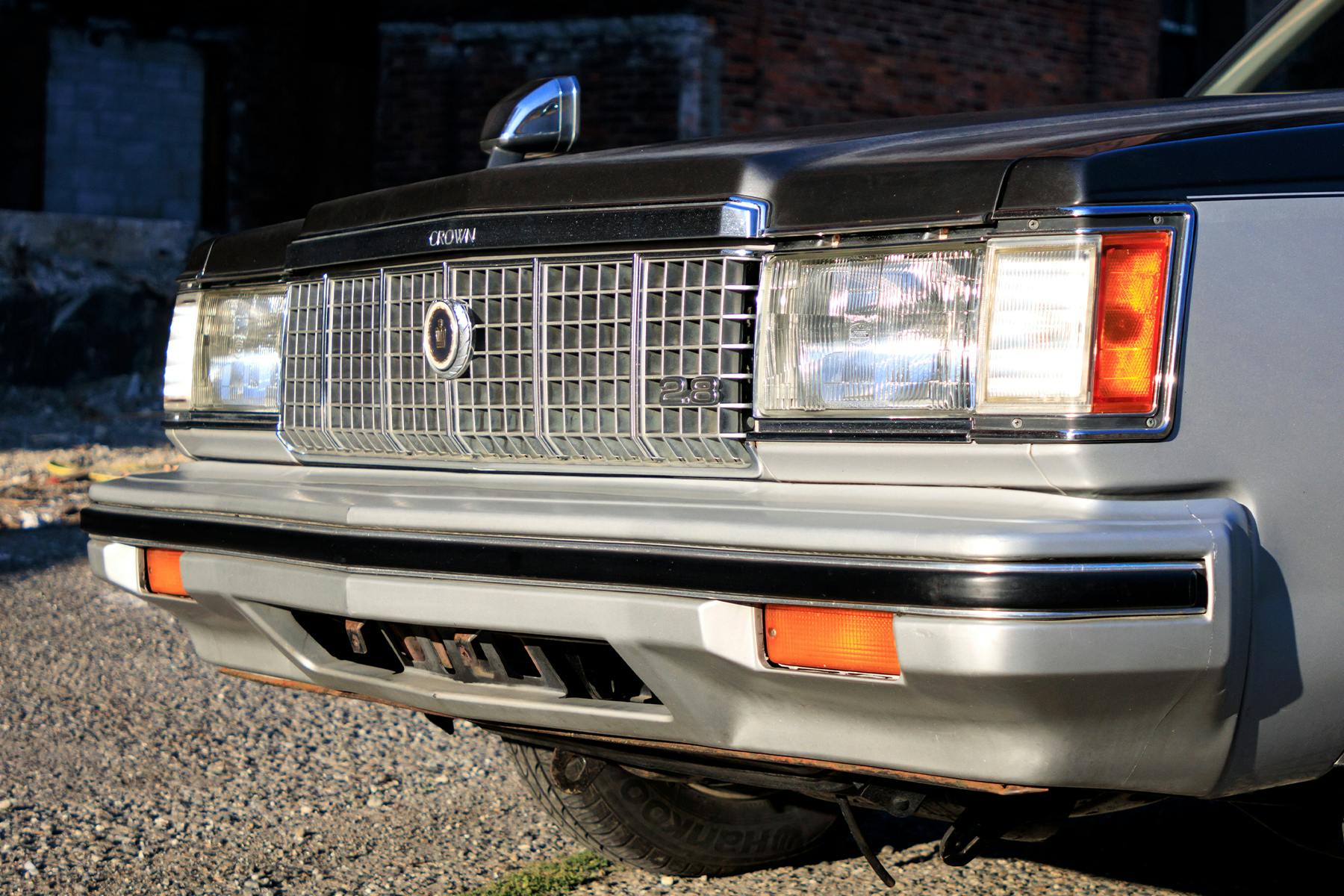

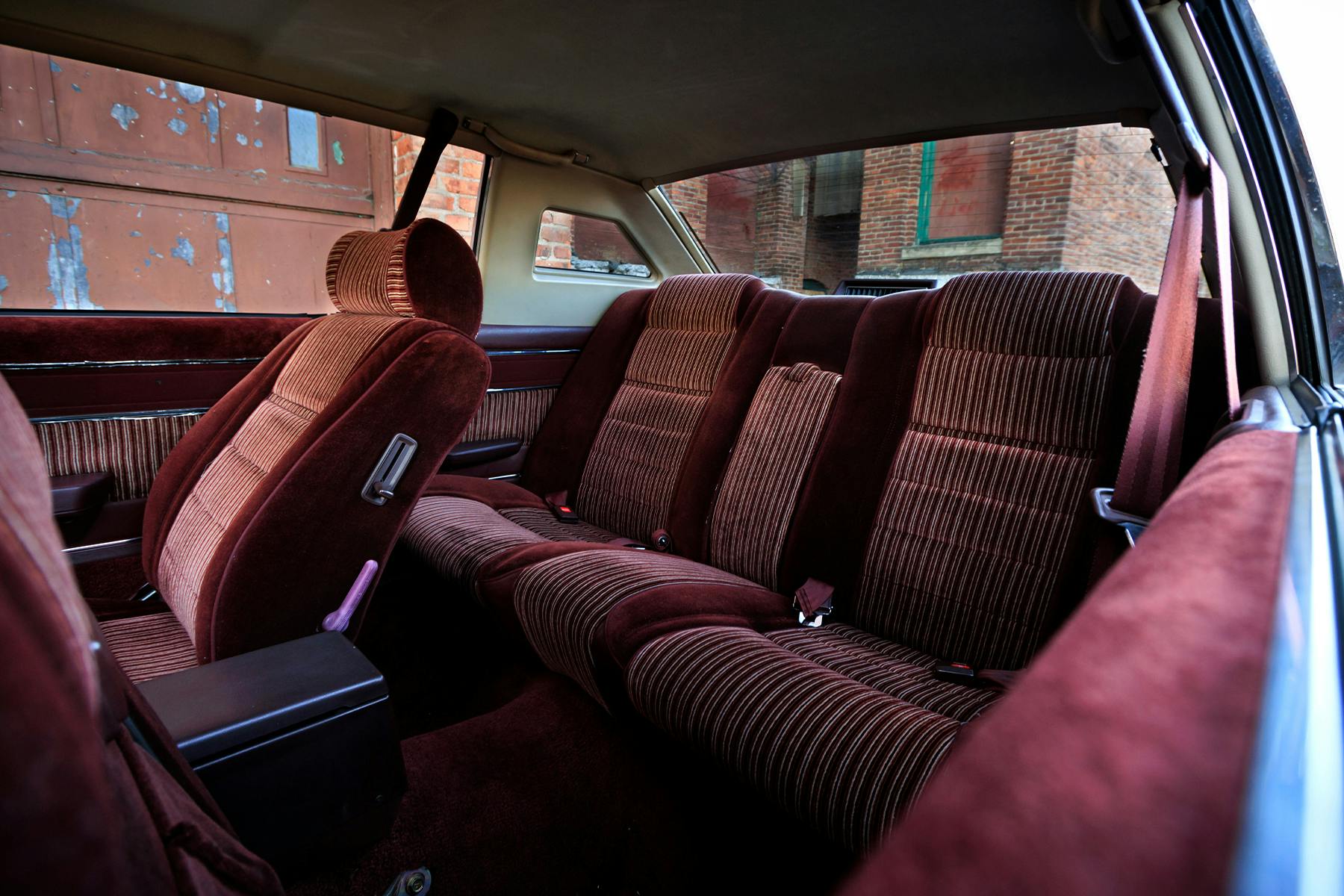
















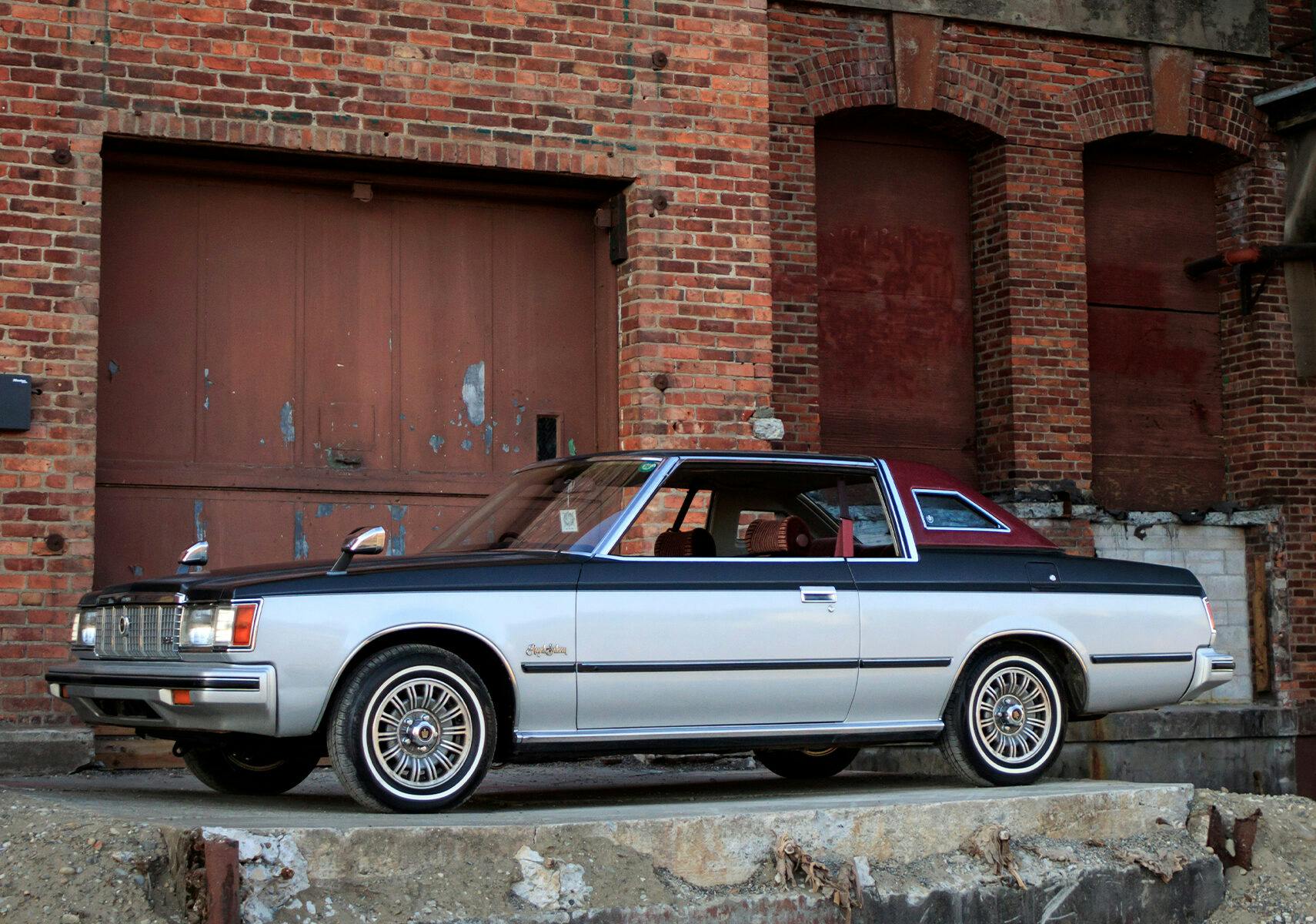
I actually have some photos I took of this very car when it was sitting at the importers in Virginia back in 2019! I admit that I had wondered what the fate of it would be, it makes me happy to see it looking so good again!
This is like a early 80’s T bird that was not much of a looker to start with but on a bad day.
Many Asian cars never were styled well. Many were bad copies of cars from elsewhere. Their best efforts were styled in Italy.
Nicely done article, but a key element was missed with the introduction of the 1st Crown coupe/hardtop, the 50 series in 1967. This was Toyota’s 1st personal luxury car & was heavily marketed towards the newly affluent Japanese businessmen. The Japanese commercials were radical for the time, showing a seasoned well known actor engaging in affluent leisure activities wearing stylish clothes, & lastly turning to camera saying, it’s your time! Personal car ownership in Japan at the time was still very limited, let alone a personal luxury coupe. The Crown coupes used in the marketing were consistently white at a time when most Crowns were black. They sang “high life Crown” in the commercials while mentioning the white color. This marketing campaign single handedly created the personal luxury coupe category in Japan that was exploited by all Japanese car companies in the 1970’s. Toyota continued this marketing campaign with the same actor continued until 1983, including the Crown hardtop model in the article.
So the interior and top are not original? I feel like that’s a whole story right there. I saw this car at the Radwood show in Tacoma last summer.
“It looks like a Fairmont Futura and a Dodge Diplomat had a baby” It’s a bit Toyota Cressida coupe and either the Ford or Dodge. it’s a weird mix for sure.
Nice car! I remember seeing Crowns and Nissan Cedrics when I was stationed in Okinawa in the late 80s, and wondering why the bigger Toyota and Nissan luxury offerings weren’t exported to the US. Some would have fared well. I like the colors on the car, inside and out — except that vinyl roof! Matches interior color, which looks good with the exterior color, but (to me!) looks out of place on the outside. White vinyl would probably look better (again, to me), but in my mind it really needs to math the lower body color — or be deleted and the roof/upper body color. But some of that is just early 80s styling…
Great looking car. I have an ’81 Cressida with the same engine and various interior parts. Thanks for the article.